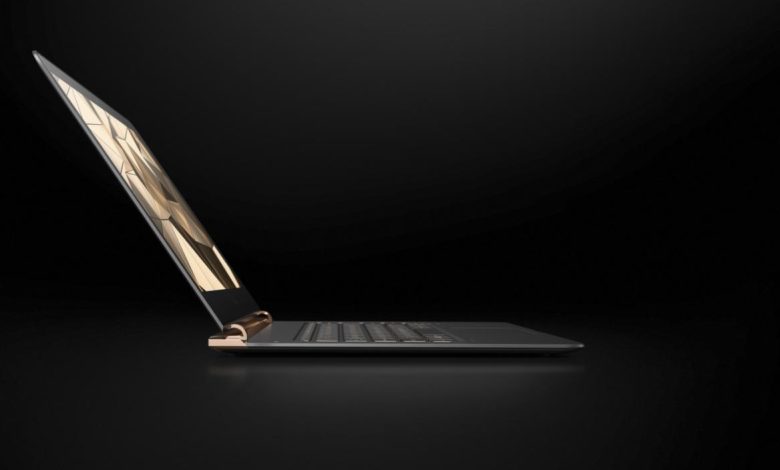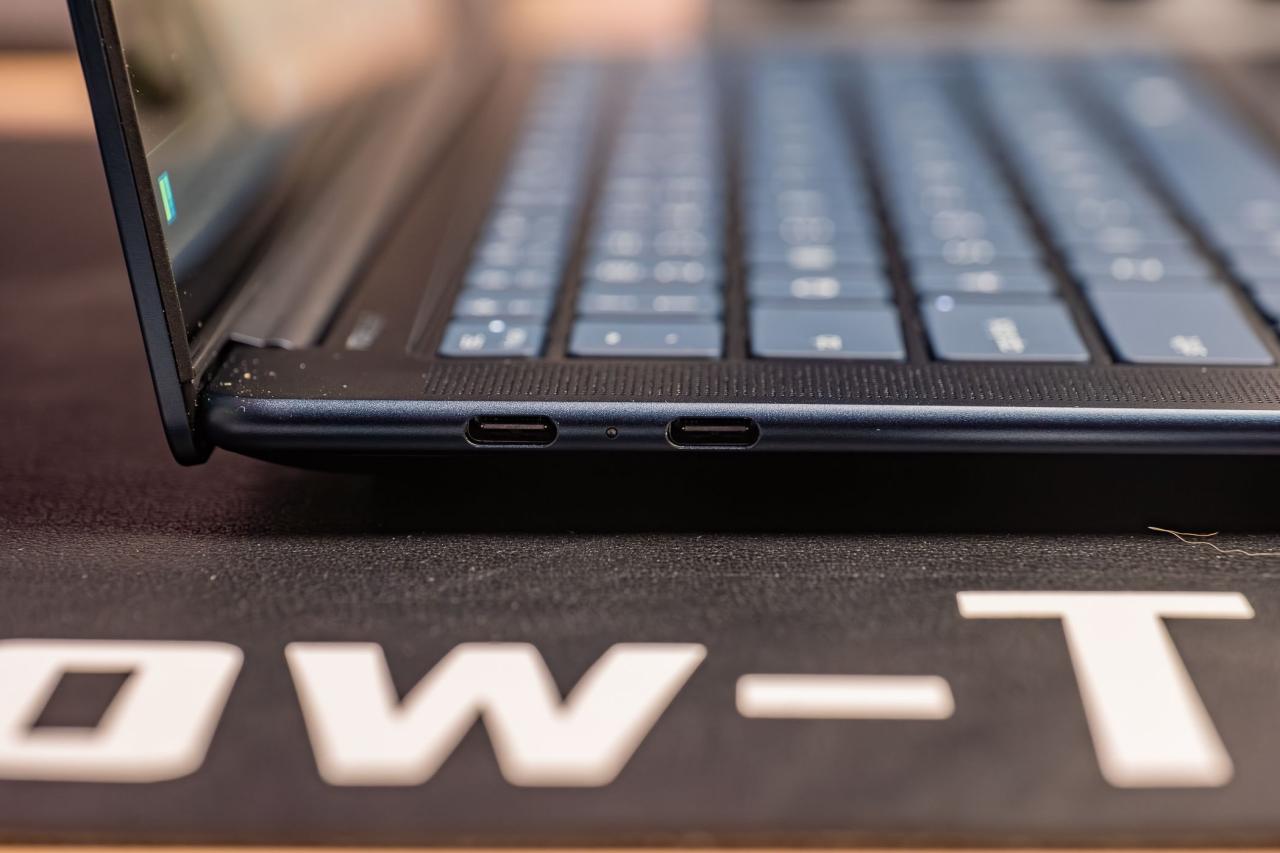World’s Thinnest Laptop 2025

The race for ultra-slim laptops has reached new heights in 2025, with manufacturers pushing the boundaries of engineering to create impossibly thin yet powerful machines. These featherweight champions combine cutting-edge design with surprising performance, redefining what’s possible in portable computing.
Why Ultra-Thin Laptops Matter
Today’s thinnest laptops offer more than just aesthetics:
-
Unmatched portability (under 10mm thick)
-
Premium build quality with aerospace materials
-
Surprising performance in slim packages
-
All-day battery life despite slim profiles
-
Status symbol appeal for professionals
Top 5 Thinnest Laptops of 2025
A. Lenovo Yoga Slim X1 – Thinnest Overall (5.5mm)
Key Specs:
-
14″ 4K OLED Touch (100% DCI-P3)
-
Intel Core Ultra 9 185U (28W)
-
32GB LPDDR5X RAM
-
1TB PCIe 5.0 SSD
-
Carbon fiber chassis
Pros:
✔ Thinnest laptop ever made
✔ Gorgeous OLED display
✔ Military-grade durability
Cons:
✖ Limited port selection
✖ No upgradability
B. Apple MacBook Air M3 – Thinnest Apple (6.1mm)
Key Specs:
-
13.6″ Liquid Retina (2560×1664)
-
Apple M3 chip (8-core CPU/10-core GPU)
-
24GB unified memory
-
2TB SSD storage
-
20-hour battery life
Pros:
✔ Industry-leading efficiency
✔ Silent fanless design
✔ Best trackpad in class
Cons:
✖ Not the absolute thinnest
✖ Limited to two USB-C ports
C. Dell XPS 14 Ultra – Thinnest Windows Pro (6.3mm)
Key Specs:
-
14″ 3.5K OLED (120Hz)
-
Snapdragon X Elite/Intel Core Ultra options
-
Copilot+ AI features
-
40Gbps Thunderbolt 5
-
Magnesium-lithium alloy body
Pros:
✔ Full Windows Pro capabilities
✔ Excellent thermal management
✔ Best keyboard in ultra-thin class
Cons:
✖ Slightly heavier than competitors
✖ Expensive configurations
D. ASUS ZenBook S 14 – Best Value Thin (7.2mm)
Key Specs:
-
14″ 2.8K 120Hz OLED
-
AMD Ryzen 9 8940U
-
16GB/32GB RAM options
-
1TB/2TB SSD
-
ErgoLift hinge design
Pros:
✔ More affordable than premium rivals
✔ Excellent AMD performance
✔ Good port selection
Cons:
✖ Thicker than leaders
✖ Plastic keyboard deck
E. HP Spectre x360 13.5 – Thinnest Convertible (6.9mm)
Key Specs:
-
13.5″ 3K2K OLED Touch
-
Intel Core Ultra 7 165U
-
16GB LPDDR5X
-
1TB SSD
-
Gem-cut aluminum design
Pros:
✔ 360-degree hinge versatility
✔ Stunning gem-cut design
✔ Excellent speakers
Cons:
✖ Convertible adds slight thickness
✖ Average battery life

Engineering Breakthroughs
A. Cooling Solutions
-
Graphene thermal films
-
Vapor chamber alternatives
-
Phase-change materials
-
AI fan control algorithms
B. Structural Innovations
-
Liquidmetal alloys
-
Carbon nanotube reinforcement
-
Monocoque unibody designs
-
3D-printed internal frames
C. Battery Technology
-
Stacked battery cells
-
Silicon-anode chemistry
-
Adaptive charging AI
-
Solar-assisted charging
Performance vs Thickness Tradeoffs
| Thickness | CPU TDP Limit | Typical Performance | Battery Life |
|---|---|---|---|
| <6mm | 15W | Basic productivity | 8-10 hours |
| 6-7mm | 28W | Mainstream power | 12-15 hours |
| 7-8mm | 45W | High performance | 10-12 hours |
Who Should Buy Ultra-Thin Laptops?
Ideal For:
✓ Frequent business travelers
✓ Style-conscious professionals
✓ Students prioritizing portability
✓ Secondary/companion devices
Better Alternatives For:
✖ Hardcore gamers
✖ Video editors
✖ Engineering workloads
✖ Budget-conscious buyers
Future of Thin Laptop Technology
Emerging developments include:
-
Foldable OLED displays
-
Self-healing coatings
-
Solid-state batteries
-
Holographic keyboards
-
Neural processing units
Buying Considerations
A. Must-Check Features
-
Keyboard travel (1.2mm+ recommended)
-
Port selection/adapters included
-
Display brightness (400+ nits)
-
Upgradeability options
B. Warranty & Support
-
Accidental damage protection
-
Onsite service availability
-
Battery replacement policy
Final Recommendations

-
Thinnest Overall: Lenovo Yoga Slim X1
-
Best macOS Option: MacBook Air M3
-
Most Versatile: HP Spectre x360
-
Best Value: ASUS ZenBook S 14
-
Most Innovative: Dell XPS 14 Ultra